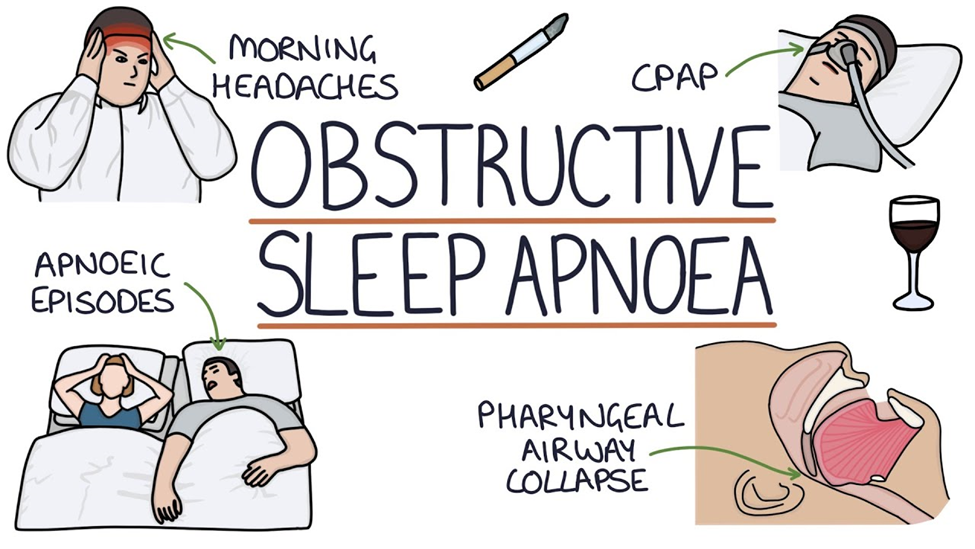Which patient(s) would be able to take an alpha-adrenergic decongestant safely? (SELECT ALL THAT APPLY)
24 year old woman with allergic rhinitis
18 year old man with cold symptoms
64 year old woman with a history of heart disease
70 year old woman with glaucoma
56 year old man with prostatic hypertrophy
Correct Answer : B
A. 24-year-old woman with allergic rhinitis:
Likely safe to take an alpha-adrenergic decongestant as allergic rhinitis is a common indication for decongestant use in young, healthy individuals.
B. 18-year-old man with cold symptoms:
Likely safe to take an alpha-adrenergic decongestant as it's a common indication for decongestant use in young, healthy individuals.
C. 64-year-old woman with a history of heart disease:
Should avoid alpha-adrenergic decongestants due to the risk of increasing blood pressure and potentially worsening heart conditions.
D. 70-year-old woman with glaucoma:
Should avoid alpha-adrenergic decongestants due to the risk of exacerbating glaucoma by causing pupil dilation and increasing intraocular pressure.
E. 56-year-old man with prostatic hypertrophy:
Should avoid alpha-adrenergic decongestants due to the risk of worsening urinary symptoms caused by prostatic hypertrophy, such as urinary retention.
Nursing Test Bank
Naxlex Comprehensive Predictor Exams
Related Questions
Correct Answer is B
Explanation
A. The spacer increases the amount of medication delivered to the oropharynx.
Spacers are designed to minimize the amount of medication deposited in the oropharynx (back of the throat) and reduce the risk of side effects such as oral thrush or hoarseness. The main purpose of using a spacer is to optimize the delivery of medication to the lungs.
B. The spacer increases the amount of medication delivered to the lungs.
When reinforcing teaching with the parents of a child who is starting to use a spacer with a metered-dose inhaler (MDI) to treat asthma, the nurse should include the information that the spacer increases the amount of medication delivered to the lungs. Spacers help improve the delivery of medication from the MDI to the lungs by reducing the need for coordination between actuation of the MDI and inhalation. They also slow down the speed of the aerosolized medication particles, allowing more time for them to be inhaled into the lungs effectively.
C. Inhale rapidly when using the spacer with the MDI.
Inhaling rapidly may lead to improper inhalation technique and reduce the effectiveness of medication delivery to the lungs. Instead, the child should be instructed to inhale slowly and deeply to ensure that the medication reaches the lower airways.
D. Cover exhalation slots of the spacer with lips when inhaling.
Covering the exhalation slots of the spacer with lips during inhalation is not recommended. These slots are designed to allow the child to exhale freely and prevent buildup of pressure within the spacer. Encouraging the child to exhale into the spacer would hinder proper inhalation technique and could lead to decreased medication delivery to the lungs.
Correct Answer is C
Explanation
A. Constipation
Constipation is not typically associated with obstructive sleep apnea. However, sleep disturbances and certain medications used to manage OSA may indirectly contribute to constipation in some cases.
B. Nausea
Nausea is not a common symptom of obstructive sleep apnea. While sleep disturbances may affect gastrointestinal function in some individuals, nausea is not a typical manifestation of OSA.
C. Headache
One of the common findings associated with obstructive sleep apnea (OSA) is headache. This occurs due to the repeated episodes of apnea (cessation of breathing) during sleep, which leads to intermittent hypoxia (low oxygen levels) and subsequent cerebral vasodilation. The vasodilation can trigger headaches, often described as morning headaches, upon waking up. These headaches are typically frontal and may be accompanied by other symptoms such as fatigue and irritability.
D. Hypotension
Hypotension (low blood pressure) is not a typical finding in obstructive sleep apnea. In fact, individuals with OSA are more likely to have hypertension (high blood pressure) due to the effects of repeated apnea episodes on the cardiovascular system, such as increased sympathetic activity and arterial stiffness.

Whether you are a student looking to ace your exams or a practicing nurse seeking to enhance your expertise , our nursing education contents will empower you with the confidence and competence to make a difference in the lives of patients and become a respected leader in the healthcare field.
Visit Naxlex, invest in your future and unlock endless possibilities with our unparalleled nursing education contents today
Report Wrong Answer on the Current Question
Do you disagree with the answer? If yes, what is your expected answer? Explain.
Kindly be descriptive with the issue you are facing.
